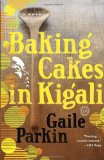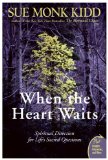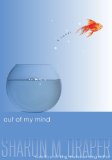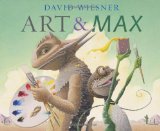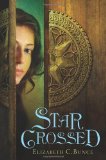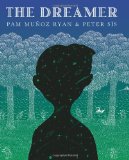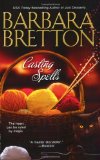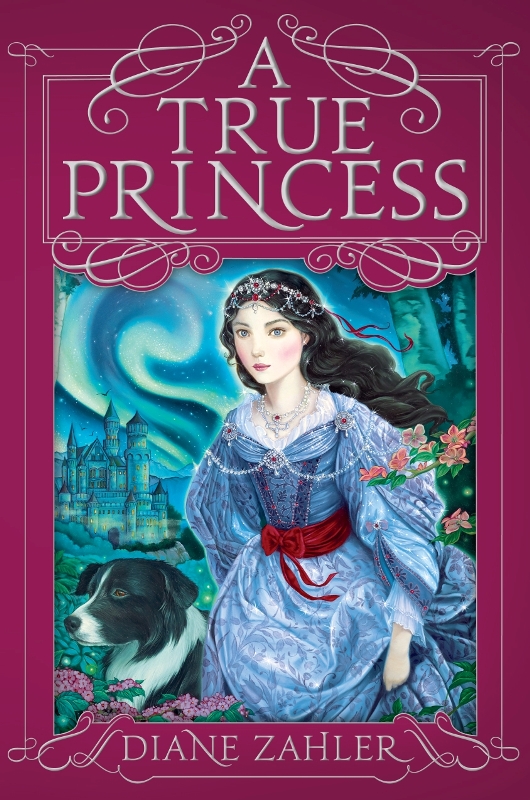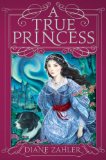Review of Baking Cakes in Kigali, by Gaile Parkin
by Gaile Parkin
Atlantic Books, London, 2009. 361 pages.
Starred Review
This enjoyable yet surprisingly deep book reminded me of the No. 1 Ladies’ Detective Agency, by Alexander McCall Smith. Both books are set in Africa, though this one in war-torn Rwanda instead of peaceful Botswana. But in both books, the main character’s profession lets her get to know people from a wide variety of backgrounds and help solve their problems and bring people together. Precious Ramotswe is a detective, but the protagonist of this book, Angel Tungaraza, bakes cakes.
We learn quickly that baking cakes in Kigali is a much more artistic endeavor than baking cakes in America:
“In the same way that a bucket of water reduces a cooking fire to ashes — a few splutters of shocked disbelief, a hiss of anger, and then a chill all the more penetrating for having so abruptly supplanted intense heat — in just that way, the photograph that she now surveyed extinguished all her excitement.
“‘Exactly like this?’ she asked her guest, trying to keep any hint of regret or condemnation out of her voice.
“‘Exactly like that,’ came the reply, and the damp chill of disappointment seeped into her heart….
“‘As you know, Angel,’ the ambassador’s wife was saying, ‘it’s traditional to celebrate a silver wedding anniversary with a cake just like the original wedding cake. Amos and I feel it’s so important to follow our traditions, especially when we’re away from home.’
“‘That is true, Mrs Ambassador,’ agreed Angel, who was herself away from home. But as she examined the photograph, she was doubtful of the couple’s claim to the traditions that they had embraced when choosing this cake twenty-five years ago. It was not like any traditional wedding cake she had seen in her home town of Bukoba in the west of Tanzania or in Dar es Salaam in the east. No, this cake was traditional to Wazungu, white people. It was completely white: white with white patterns decorating the white. Small white flowers with white leaves encircled the outer edges of the upper surface, and three white pillars on top of the cake held aloft another white cake that was a smaller replica of the one below. It was, quite simply, the most unattractive cake that she had ever seen. Of course, Mr and Mrs Wanyika had married at a time when the style of Wazungu was still thought to be fashionable — prestigious, even. But by now, in the year 2000, surely everybody had come to recognize that Wazungu were not the authorities on style and taste that they were once thought to be? Perhaps if she showed Mrs Wanyika the pictures of the wedding cakes that she had made for other people, she would be able to convince her of the beauty that colours could bring to a cake.”
Angel and her husband are from Tanzania. They lost both their adult children to AIDS, and now must take care of their five grandchildren.
“It’s only that we won’t be able to provide for these children as well as we did for our first children. But we must try by all means to give them a good life. That’s why we decided to leave Tanzania and come here to Rwanda. There’s aid money for the university and they’re paying Pius so much more as a Special Consultant than he was getting at the university in Dar. Okay, Rwanda has suffered a terrible thing. Terrible, Mrs Ambassador; bad, bad, bad. Many of hearts here are filled with pain. Many of the eyes here have seen terrible things. Terrible! But many of those same hearts are now brave enough to hope, and many of those same eyes have begun to look towards the future instead of the past. Life is going on, everyday. And for us the pluses of coming here are many more than the minuses. And my cake business is doing well because there are almost no shops here that sell cakes. A cake business doesn’t do well in a place where people have nothing to celebrate.”
Although Angel herself is dealing with some heavy losses, and so are the people around her, she is able to touch people’s lives — from convincing a mother to give her daughter a better name than Goodenough to providing family for a couple getting married who have lost all of their own families. This is an uplifting book and provides enjoyable and interesting reading.
One fun note: I was watching the DVD series of The No. 1 Ladies’ Detective Agency, which is filmed in Africa, and the first episode happened to have someone selling cakes. I noticed happily that those cakes were indeed far fancier and more colorful than cakes I’d see in America. So apparently I’ve learned something true about baking cakes in Kigali.
Find this review on Sonderbooks at: www.sonderbooks.com/Fiction/baking_cakes_in_kigali.html
Disclosure: I am an Amazon Affiliate, and will earn a small percentage if you order a book on Amazon after clicking through from my site.
Source: This review is based on a library book from the Fairfax County Public Library.
